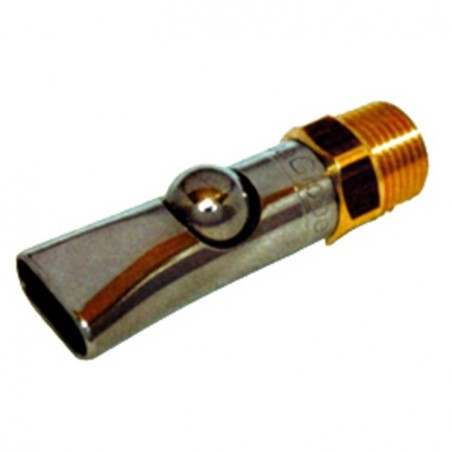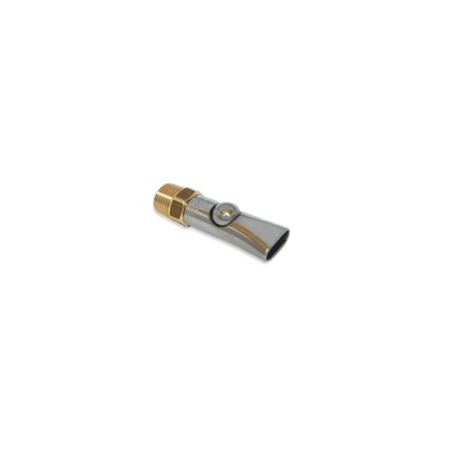As a first step toward assessing the value of animal health interventions, producers and veterinarians must understand how the intervention will impact profitability of the operation. All interventions have a cost, a potential improvement in productivity that will affect the profitability of the farm or production system. In most cases the cost of the recommendation is known with a high level of certainty. For example, the cost of vaccinating pigs for PCV2 would be the price of the vaccine per pig times the number of pigs vaccinated; both of which are nearly perfectly predictable. The benefit, on the other hand, depends on the improvement in productivity and increases or decreases in revenue and costs that are realized. Here is where it gets complicated since the realized benefit depends on many variables; season of the year, health challenges, size of the herd, level of management, etc., and is not nearly as predictable and much more difficult to quantify. Further, a basic understanding of how revenue and costs change as productivity changes is required.
To quantify how animal health interventions affect profitability we first need to understand how revenue and costs vary according to the level of production from wean-to-market. I like to think about 5 categories; 1) revenue, 2) fixed costs, 3) weaned pig costs, 4) feed costs and 5) non-feed variable costs (Table 1). Some of the costs do not vary according to the level of production and therefore are called “fixed costs” Others vary in some manner according to the level of production and therefore are called “variable costs.”

Table 1. Revenue and categories of costs; how they vary according to the level of production from wean-to-market.
| Revenue | ||
| Revenue | Vary according to:
|
|
| Costs | ||
| Fixed costs |
Depreciation, interest, repairs, taxes and insurance (“DIRTI 5”) for capital investments in facilities, equipment, vehicles and other fixed assets
|
Fixed costs |
| Weaned pig costs |
|
Variable costs |
| Feed costs | Cost of all feed
|
|
| Non-feed variable costs | Cost of all other inputs (e.g. animal health costs, labor, management, fuel, oil, gas, utilities, marketing, supplies, etc.)
|
|
The value of animal health interventions stem from improvements in measures of productivity. The “big three” measures are mortality (MOR), average daily gain (ADG) and feed conversion ratio (FCR).
Mortality and culls. When a pig dies or is culled two things happen. First, the opportunity to sell that pig at market is gone as is the revenue. If any revenue is generated when a pig is culled that may offset some of the lost revenue. The second is the feed and other non-feed variable costs that would have been incurred from when the pig died (or culled) to marketing will no longer be incurred. Therefore, the loss associated with mortality is correctly measured as the difference between the lost revenue and the costs that are not incurred because the pig died. In general, as the profitability of producing pork increases, the value of reducing mortality and culls increases as well.
Average daily gain. The value of increasing ADG depends on how facilities are owned, leased or contracted as well as the amount of space available. The value of increasing ADG is greatest when pig space (measured by how long groups of pigs can remain in the barn before the next group forces them out the door) is very limited and a large percentage of pigs in every group are marketed at less than profit maximizing weights. The value of increasing ADG under these circumstances will frequently lead to a an increase in the percentage of pigs sold in the primary market and a higher average price per kilogram as more pigs are sold at weights with higher premiums or lower discounts. As with mortality, the value of improving ADG is greatest when producing pork is most profitable.
Feed conversion ratio. The value of an animal health intervention that improves the FCR is simply the product of the price of feed, the total gain and the incremental improvement in the feed conversion ratio. The value of improvements in the FCR is very sensitive to the price of feed.
So what most drives profitability? A data set from Agri-Stats® records system (a production and financial benchmarking service in North America) was used to identify metrics most closely associated with profitability. The analysis identified metrics that differentiated the most profitable businesses (top 25%) from the average based on records from 68 pork production businesses in 2010 (Boyd, 2012). The results are in Table 2. According to this analysis profitability is most significantly driven by revenue which is driven by keeping pigs alive to market. Minimizing costs, while important is not the primary driver of profitability. This is encouraging for producers and veterinarians trying to substantiate the value of animal health interventions. Frequently, relatively small productivity improvements in mortality and other drivers of revenue are needed to get an acceptable return on an animal health intervention, especially when the pork industry is in a period of profitability.
Table 2. Metrics that differentiated the most profitable firms (top 25%) from the average based on records from a production and financial benchmarking service in North America (Agri-Stats®) (Boyd, 2012).
| Performance mean and relative advantage | |||||||
| Metric | Unit | Average | Top 25% | Advantage | Rank | Outcome | |
| Post-wean mortality | % | 9.5 | 6.8 | 1.29 | 1 | No. pigs | Higher revenue |
| Market cull | % | 2.8 | 2.1 | 1.25 | 2 | No. pigs | |
| Pre-wean mortality | % | 14.8 | 13.4 | 1.09 | 3 | No. pigs | |
| Market price | $/100 Lb | 52.2 | 56.1 | 1.07 | 4 | Price | |
| Total finish cost | $/100 Lb | 49.0 | 45.9 | 1.06 | 5 | Cost | Lower costs |
| Wean pig cost | $/Pig | 27.8 | 26.4 | 1.05 | 6 | Cost | |
| Finish feed cost | $/Ton | 206.4 | 199.5 | 1.03 | 7 | Cost | |
| Wean pigs / mated sow | Pigs | 23.7 | 24.4 | 1.03 | 8 | No. pigs | |







